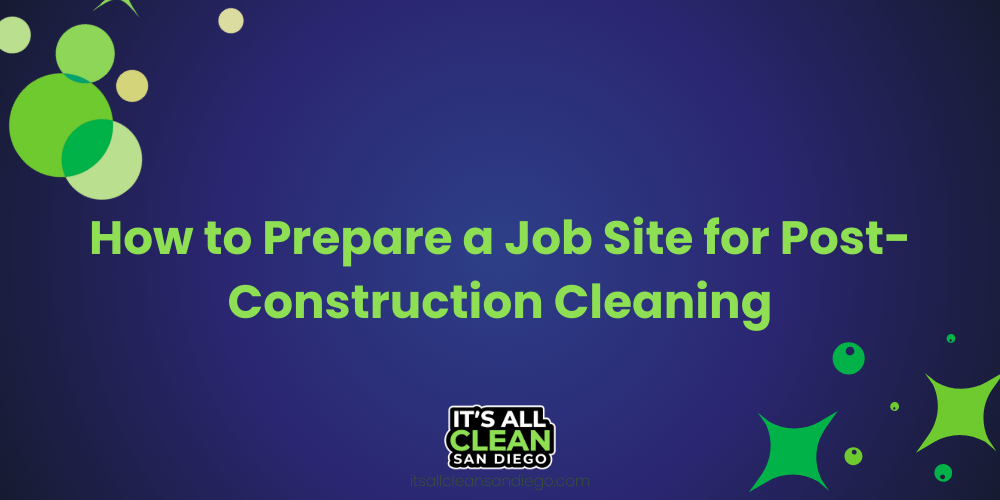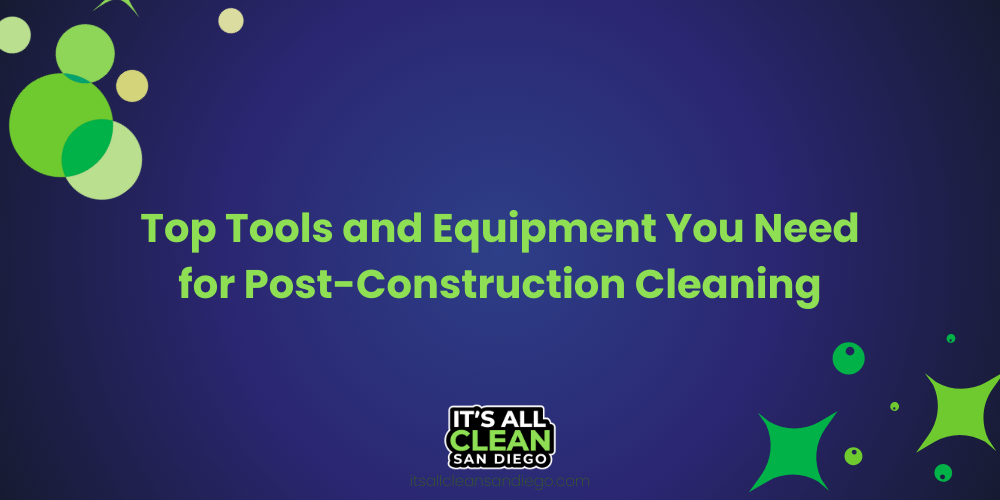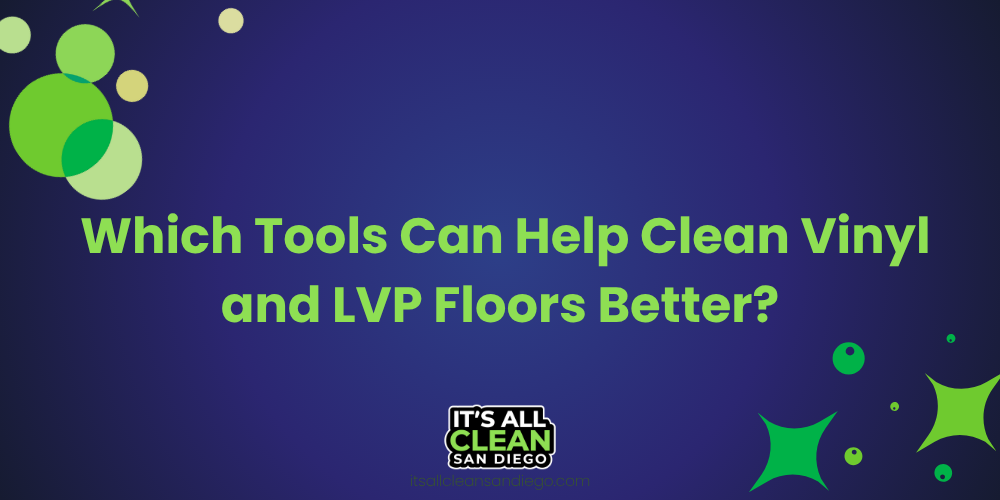San Diego, CA
Luxury Vinyl Plank (LVP) flooring has quickly become one of the most popular flooring choices for both homeowners and businesses. With its realistic wood-look designs, durability, and water resistance, LVP offers the beauty of hardwood without the same price tag or maintenance challenges. Better yet, it’s designed with DIY installation in mind, making it a go-to project for homeowners who want a fresh new look without the cost of professional installation.
But here’s the catch: while LVP flooring is relatively easy to install, getting a flawless finish requires preparation, precision, and patience. Rushing the process or skipping steps can result in gaps, buckling, or uneven seams that take away from your flooring’s beauty.
In this guide, we’ll walk you through DIY installation tips for a flawless LVP flooring finish so you can transform your space with confidence.
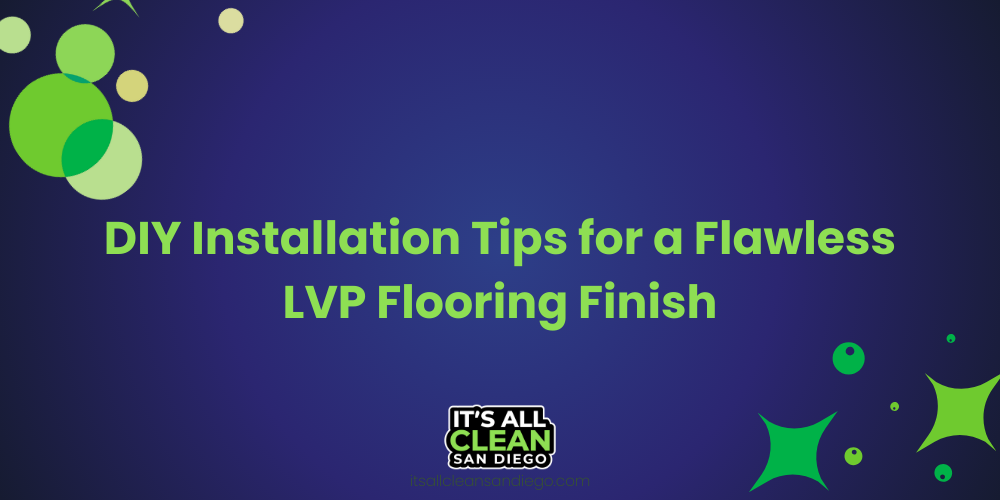
Why Choose LVP for DIY Installation?
Before diving into the how-to tips, let’s talk about why LVP is such a great option for DIY enthusiasts:
- Click-lock systems make planks easy to snap together without glue or nails.
- Water resistance allows installation in kitchens, bathrooms, and basements.
- Versatile design options mimic hardwood, stone, or tile at a fraction of the cost.
- Durability ensures it holds up against kids, pets, and heavy traffic.
- Simple tools mean most installations require only basic equipment.
With the right approach, you can install LVP in a weekend and enjoy stunning results for years.
Step 1: Prepare Your Space
The first secret to a flawless installation is preparation. Cutting corners at this stage often leads to problems later.
1. Acclimate Your Planks
Bring your LVP flooring into the room at least 48 hours before installation. This allows the planks to adjust to the room’s temperature and humidity, reducing the risk of expansion or contraction later.
2. Clear the Room
Remove furniture, baseboards, and old flooring. LVP requires a clean, smooth, and dry surface for best results.
3. Check the Subfloor
Make sure the subfloor is level and free from debris. Any bumps or uneven spots can cause planks to sit unevenly or separate over time. Use a leveling compound if necessary.
Step 2: Gather the Right Tools
You don’t need a full workshop to install LVP, but having the right tools on hand makes the job smoother. Essentials include:
- Utility knife with sharp blades
- Spacers for maintaining expansion gaps
- Tape measure
- Straight edge or T-square
- Rubber mallet
- Pull bar or tapping block
- Pencil for marking cuts
- Safety gear (gloves and knee pads)
Step 3: Plan Your Layout
Planning before you start snapping planks together saves time and prevents mistakes.
1. Measure the Room
Calculate the square footage to confirm you have enough material. Add an extra 10% for cuts and mistakes.
2. Decide on Direction
Most installers run planks parallel to the longest wall or in the direction of natural light for the most attractive look.
3. Avoid Narrow Strips
If your last row will be less than 2 inches wide, trim the first row of planks to balance it out. This ensures a professional-looking finish.
Step 4: Start Installation
Now comes the fun part—laying your planks!
1. Leave Expansion Gaps
LVP expands and contracts with temperature changes. Leave a 1/4-inch gap around walls, doorways, and fixed objects using spacers.
2. Stagger the Seams
For strength and a natural look, stagger end joints at least 6 inches apart from row to row.
3. Snap Carefully
When connecting planks, angle the tongue into the groove and gently snap it down. Use a tapping block and mallet to ensure tight seams without damaging edges.
4. Work Row by Row
Complete each row before moving to the next. Always check that seams are tight and rows remain straight.
Step 5: Cutting Planks
LVP is easy to cut, but precision is key for a flawless finish.
- Score and snap: Use a utility knife to score along your line, then bend the plank until it snaps cleanly.
- Jigsaw or circular saw: For detailed cuts around door frames, vents, or irregular shapes, power tools can help.
- Measure twice, cut once: Always double-check measurements before making a cut to avoid costly mistakes.
Step 6: Finishing Touches
Once all the planks are laid, a few final details will give your flooring a polished, professional look.
- Remove spacers and reinstall baseboards or quarter-round molding to cover expansion gaps.
- Seal edges in moisture-prone areas (like bathrooms) with silicone caulk for added protection.
- Clean thoroughly to remove dust and debris from the installation process.
Common DIY Mistakes to Avoid
Even with easy-to-install LVP, mistakes can happen. Watch out for these pitfalls:
- Skipping acclimation – Leads to gaps or buckling later.
- Ignoring subfloor prep – Uneven surfaces create unstable planks.
- Forgetting expansion gaps – Causes floors to warp.
- Forcing planks – Damages locking systems, leaving visible gaps.
- Not staggering joints – Weakens the structure and looks unnatural.
Caring for Your New LVP Floors
Once installed, proper care keeps your LVP flooring looking flawless for years. Follow these tips:
- Sweep or vacuum regularly with a soft-bristle vacuum.
- Mop with a damp microfiber mop and a pH-neutral cleaner.
- Avoid steam mops, harsh chemicals, or abrasive cleaners.
- Use felt pads under furniture legs to prevent scratches.
- Keep indoor humidity between 35–65% to protect seams.
When to Call in the Professionals
While DIY LVP installation is achievable, sometimes professional help is worth considering—especially for:
- Large or irregularly shaped spaces.
- Commercial installations with high traffic.
- Subfloors requiring significant leveling or repairs.
- Projects where warranty requirements demand professional installation.
Professional cleaners also play an important role after installation, ensuring your new floors stay beautiful and warranty-compliant through regular maintenance.
The It’s All Clean San Diego Advantage
At It’s All Clean San Diego, we don’t just clean carpets and rugs—we also specialize in professional floor care, including LVP. Once your new floors are installed, our team can:
- Provide deep, manufacturer-approved cleaning to extend floor life.
- Offer maintenance tips tailored to your specific space.
- Help you protect your investment by keeping floors looking flawless for years.
Final Thoughts
Installing LVP flooring yourself is one of the most rewarding home improvement projects you can tackle. With careful preparation, the right tools, and a step-by-step approach, you can achieve a flawless finish that rivals professional results.
By avoiding common mistakes, paying attention to detail, and committing to ongoing maintenance, your LVP floors will deliver the style and durability you invested in.
Ready to protect and maintain your beautiful new LVP flooring? Contact It’s All Clean San Diego today for professional household or commercial cleaning services that keep your floors looking flawless for years to come.
- All rights reserved -
It's All Clean San Diego © 2021
Pick a service, and we’ll be there.
Your go-to clean, green, full-service team.
Got a mess? We’ve got you covered. At It’s All Clean San Diego, we have professional commercial cleaning and residential house cleaning services for every need.
Our family-owned, full-service professional floor cleaning company has served residential and commercial customers in San Diego for nearly 20 years.


